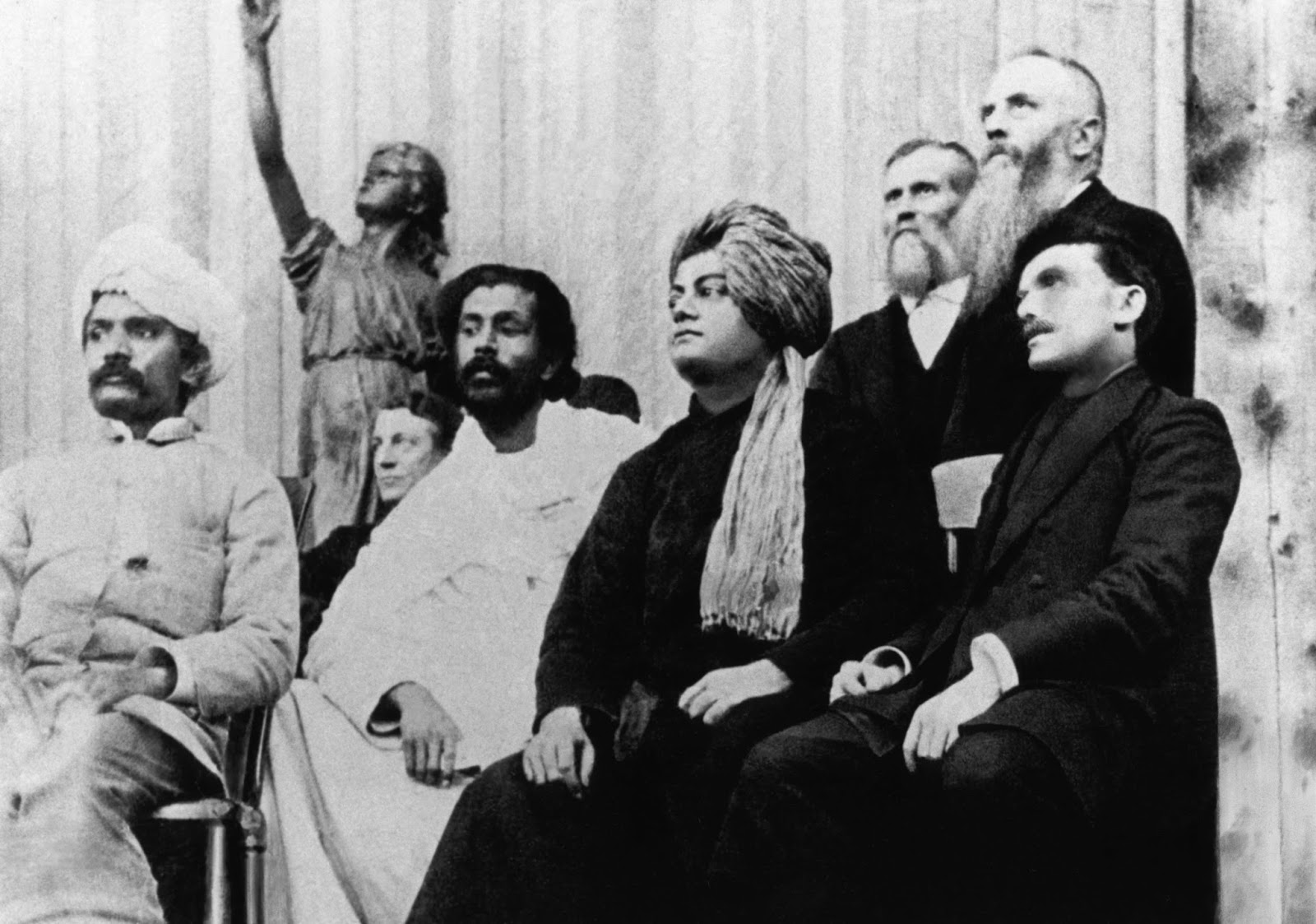As the Government of India has begun military action in Pakistan in retaliation for the 4/22 massacre targeting Hindu civilians, we know from experience that Indian Americans broadly — and Hindu Americans especially — will unfairly be expected to answer for India’s actions, for no other reason than your national origin and/or religious identity.
As geopolitical tensions rise abroad, there is a heightened risk here at home that Hindus may be harassed, bullied, or even become victims of hate incidents in response to the actions of a foreign government. If you are accosted with any of the following tropes, we hope this guide will assist you in responding in a manner that is in line with our Hindu Dharmas: calm, reasoned, truthful, and capable of diffusing any hostile encounters.
“Even cruel words should be endured with steadiness. None should be treated with disrespect. No anger should be directed in turn towards one who is angry. The words spoken in return should be calm and collected.” — Nārada Parivrājaka Upaniṣad 3.42-43
We encourage you to also have conversations with your children and university students on how to respond if they are on the receiving end of any unwarranted backlash. Please remain vigilant of your safety and surroundings. If you or someone you know is a victim of hate, please report it to your local police and HAF’s reporthate@hindumerican.org.
As we engage in conversations, we have the opportunity to deepen our dialogue and effectiveness by using our sadhana (to come in calmly) and evidence based tools (to give us more influence). Whether you’re speaking with someone adversarial or with someone who is ignorant about some of the facts of the situation, remember that coming in with the assumption of similarity can decrease defensiveness and hostility. The assumption of similarity is that you and your conversation partner may hold certain values, desires, and personality traits in common that help you see each other as humans worth engaging with.
HAF’s Managing Grief & Anger guide provides details and examples on how to do this. The highlights are to listen without an agenda, to speak without engaging in personal criticisms, and to be able to make positive requests that add to the conversation rather than trying to use subtractive language to control the flow of the conversation. There are many myths and misconceptions that many may share in their conversations with you, and we’ve put together some factual counterpoints for you to effectively correct biased and inaccurate narratives.
These tools are for you to engage those who show some willingness to better understand the conflict, rather than for those who are so mired in their stance that dialogue is unwelcome and ineffective.








































